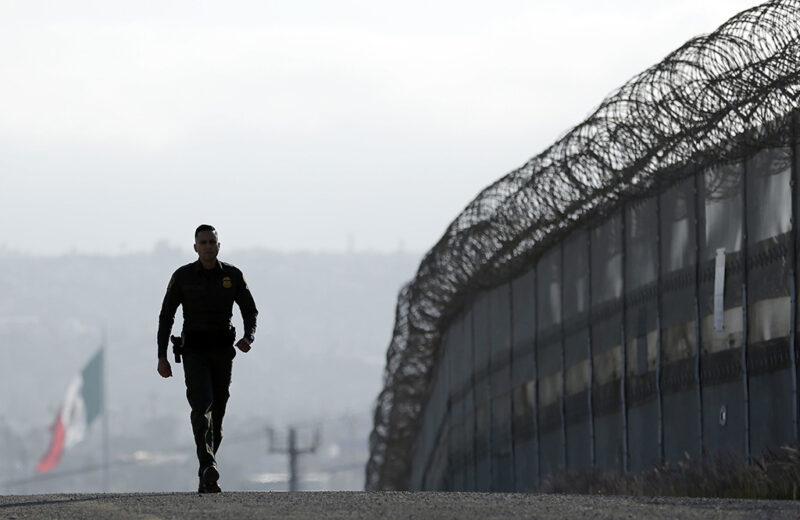San Diego correspondent Elliot Spagat was chatting with a longtime government source and she mentioned her son applied to Customs and Border Protection but was rejected after failing a polygraph test. She and her son were mystified by the result. Soon after, a member of Spagat’s running group – a military veteran with a stellar resume – told the same story of a failed Border Patrol test.
Intrigued, Spagat brought up the issue during a regular check-in call with an official involved in recruiting for the Border Patrol, the nation's law enforcement agency. The official told him the polygraph failure rate was very high. Spagat knew he was on to something and kept pressing, next talking to Border Patrol Commissioner Gil Kerlikowske, who gave him a failure rate – 65 percent.
But Kerlikowske didn’t see the number as a negative – it meant the agency was applying tough standards to find its officers. Still, a two-thirds failure rate struck Spagat as abnormal but how could he prove it? Comparable data was hard to find.
So Spagat set about creating it.
He submitted 17 requests under open-records laws for two years of data from federal agencies and major police departments. Simultaneously, he looked for more rejected applicants and got them from a congressional office, an attorney and government officials who felt the story needed to be told.
Months later, Spagat’s AP Exclusive reported that CBP's failure rate was more than twice the average of other departments and agencies. As a result, the Border Patrol can't fill all its jobs, raising doubts about Donald Trump's pledge to add 5,000 agents.
A helicopter pilot with a top-secret clearance who as a Marine flew President George W. Bush said he was told that he tested like a drug trafficker trying to infiltrate the agency.
Rejected applicants Spagat interviewed told of hostile questioning that lasted up to eight hours – a practice polygraph experts criticized. A helicopter pilot with a top-secret security clearance who as a Marine flew President George W. Bush said he was told that he tested like a drug trafficker trying to infiltrate the agency.
At Spagat’s urging, he agreed to tell his story on camera. John Mone shot the interview in Houston and San Francisco videographer Haven Daley put together the video that accompanied Spagat’s story. Phil Holm created an interactive from the data Spagat compiled.
Following publication, Spagat received a number of responses from readers. An Arizona mother who said she had never responded to a newspaper article said she had to write Spagat to thank him. Her son had failed a lie detector and couldn’t fathom why. A man who failed the test sent Spagat a message on Twitter saying the story helped him know he wasn’t alone.
Fox News, ABC News, and the Los Angeles Times were among prominent customers that used the story, which rose to No. 3 on AP Mobile even against the din of all things Trump.
For providing an only-on-AP accountability story, Spagat wins this week’s Best of the States contest.

Border Patrol agent Eduardo Olmos walks near the secondary fence separating Tijuana, Mexico, background, and San Diego, June 22, 2016.
AP PHOTO / GREGORY BULL
